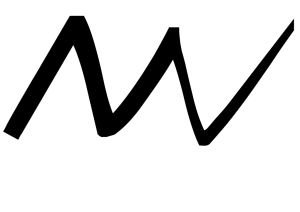Vitamin C (More Than Just An Immune System Boost)
Vitamin C (More Than Just An Immune System Boost)
If I say Vitamin C, what is the first thing that comes to mind? Fruit? Antioxidant? If you ask a nutritionist, dietitian, or biochemist the answer might be Ascorbic Acid, the science name of Vitamin C, or possibly Scurvy. OK what the heck is Scurvy? I will get to that in a bit. Regardless of your answer, there are many benefits from this wonderful vitamin. First, let’s go through the long list of sources where this vitamin can be obtained. Most fruits you will find at any grocery store contain at least a small amount, but the citrus fruits will contain large amounts such as pineapple, lime, lemon, orange and grapefruit. Many vegetables also contain significant amounts like watercress, broccoli, cauliflower, Brussels sprouts and peppers just to name a few. A few of the berries have a decent amount as well. Berries are my favorite! Some of the benefits from C are aiding in the absorption of iron. Once again, you cannot single out any one mineral or vitamin – they all work as a team. One weak link throws off the sensitive balance of the whole system. In reviewing that chain, if you don’t have enough vitamin C you won’t have enough iron. Without enough iron, oxygen won’t get utilized properly which ultimately means your oxidation of nutrients won’t work thoroughly and then you’ll end up sick. Vitamin C is considered an antioxidant however, so it does help protect the body from too much oxidation on the other hand. Kind of like a checks and balance system. A third major benefit and a crucial one at a minimum is Vitamin C’s role in the production of collagen, proteins that help keep bones from breaking, keep muscles looking tone, and keep strength in the ligaments and tendons. Clearly Vitamin C is important. A few hundred years ago the British Navy learned this lesson the hard way. Being on a ship for long periods of time limited what the sailors could eat. In turn, many developed a deficiency and ended up with Scurvy. One of the men had a few limes with him and after eating one, he realized Scurvy quickly vanished. From then on, the development of this disease has generally been a funny story to tell with an all too important lesson. In order to get the most Vitamin C it is best to consume foods in their whole state rather than slicing vegetables or fruits and storing them in the refrigerator uncovered. C itself will oxidize too, so your best bet is just to eat the grapefruit as soon as you cut into it. Plus it will taste fresher! Because it is a water soluble vitamin, you need to make sure you’re not dehydrated (another reason to drink lots of water) and to obtain enough of it every day. A quick mind altering statistic for you to wrap this one up – something close to 90% of all humans in today’s world live in a chronically dehydrated state ranging from mild to severe. That’s scary! That should partially explain why we need roughly 64 ounces of water (dependent on body size) on a daily basis. It comes in, you utilize it, and it goes out. Very simple process that is way too often neglected. Lesson learned? Drink water and get your Vitamin C.

